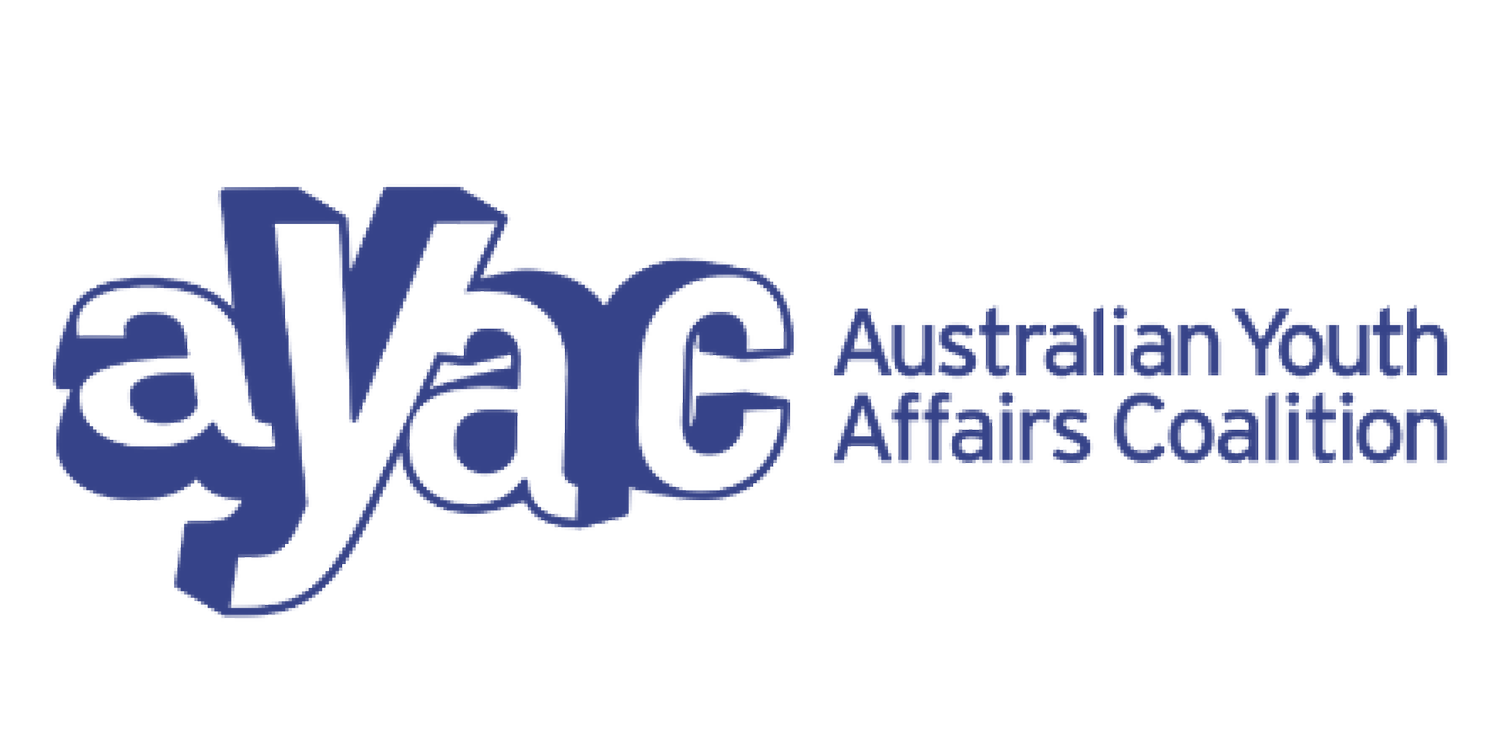Practical Reflections on Youth Participation in Civic Engagement
By Stassi | 22 | NSW
Hi, my name is Stassi and I’m a proud Fijian/Ngemba woman currently living on Wiradjuri Country in NSW. Here are some of my thoughts and reflections on youth participation and engagement.
I have spent a lot of my adolescence in places not designed for young people, usually surrounded by people who look nothing like me. I am young, female, Indigenous, and from a rural background. That mix of identifying factors alone makes me an outlier and means that I don’t usually see myself represented in my leaders. Yet through kind people opening doors, and a little bit of personal stubbornness, I keep finding myself in rooms with good people who want to hear what I have to say. I have had the opportunity to speak to and about young people at all levels of government and to people who make important decisions across a variety of sectors.
Youth Participation
So, what is youth participation? There’s not one universally agreed-upon definition of youth participation but it’s usually the idea that ‘young people feel empowered and valued to actively contribute to decision making in practical ways.’
I’m sure you can visualise a time when you felt confident enough to express your views and other times when you felt that it wasn’t safe to do so. This is the distinction between meaningful youth participation where young people are given opportunities and support to actively contribute to decisions that affects their lives and the world around them, versus tokenistic, superficial, tick-a-box involvement.
Reflections
Here are two stories which demonstrate the difference between tokenistic and meaningful participation, and have shaped my advocacy journey.
Reflection 1: I was seated around a table of youth advocates and we had been given a brief on a health project and was tasked with finding out how best to disseminate information to other young people. The project representative was peppy and full of energy and said “give me everything - your good feedback, what you like and what we can improve.”
We spent an hour or two breaking down the pros and cons of the project and what we felt would make the campaign successful. We captured our ideas and came up with constructive criticism - all for the rep to turn around and say “thanks guys but we can’t change anything about the project and the graphics have already been printed on the side of a bus...sorry!”
Needless to say, we all felt dejected, deflated and unheard. It ended up as a box-ticking exercise to say “yay, we’ve consulted young people” without including actual input. This is tokenism.
Reflection 2: On the flip side, I was invited by my mentor to attend a session on safety in rural and regional communities and how this intersects with young people. This consult was held via Zoom with people from across NSW, and was scheduled to go for an hour. The CEO of the organisation listened to every single young person share a story, personal reflection, or a comment and the zoom ended up finishing at around the 2-hour mark. Some might call this bad time management, but there were participants in that Zoom who had said nothing for an hour and only with gentle prompting from the CEO, did those young people speak up and feel that their voices were heard.
Our advice and reflections were collected from this consult and was returned to us in a report a couple of weeks later. It felt satisfying to know that someone had actually listened to us. This is meaningful and respectful participation.
Advice for facilitating meaningful participation
There is no one-size-fits-all approach when it comes to youth participation. Being flexible and responsive to the needs of the young people you’re working with should be central to making sure the participation opportunity is accessible and meaningful to them.
Listen:
NOTHING ABOUT US, WITHOUT US. If it has something to do with young people, include young people. You’ll have more success in getting the outcomes you desire if young people have a meaningful role in all stages of the development process. Also, if you can identify there are people in the room who should be there but aren’t, support them to either be in the room or help or encourage them to share their story in a way that’s best for them.
Respect:
Meaningful youth participation can’t occur on the shoulders of young people alone. We need adults and those in positions of power to create spaces where young people can express their ideas freely without fear of being dismissed or patronised. This means providing the resources, training, and mentorship young people need to thrive, and respecting young people as active and equal partners. It’s also important to utilise non-traditional engagement methods to meet diverse needs and include all young people.
Give feedback:
There’s nothing worse than not knowing what happened to the advice you gave, if it helped, was included in a final report, or even if it was shown to the relevant people. It’s best practice to share the results with the young people who participated. Don’t let the inclusion of young people end once a consultation has ended. Seeking feedback from young people will help improve future consultations for everyone involved.
Conclusion:
Meaningful youth participation by its nature promotes inclusivity. Young people are not a homogeneous group. We all come from diverse backgrounds, cultures, and experiences. When we ensure that all voices are heard, especially those from marginalised or underrepresented groups, we begin to create a more just and equitable society.
